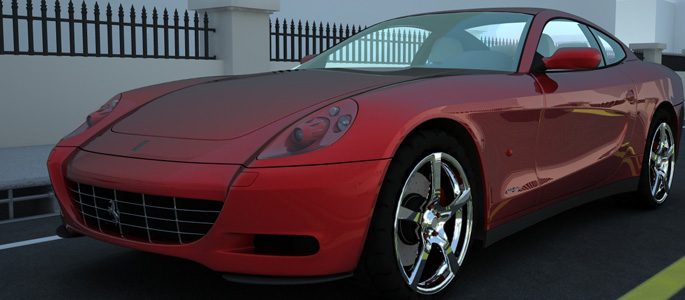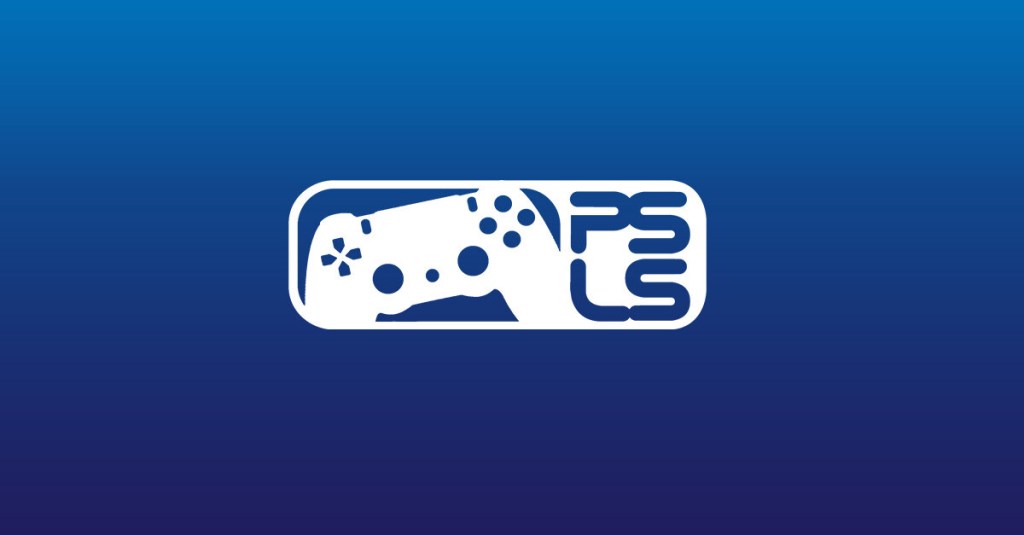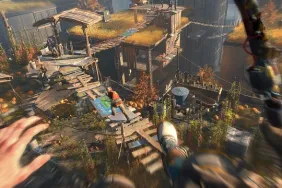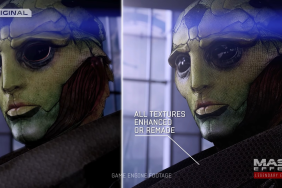
Halo 3 and Ghostbusters, despite being released years apart, have one thing in common. Both games were heavily scrutinized, criticized, and embarrassed by the media and gamers alike for running at sub-HD resolution. The lowest screen resolution that is accepted as High Definition is 720p, though 1080p is considered True HD by Sony and other various companies. And though these titles were attacked for not running at HD resolution (Halo 3 on the 360, and Ghostbusters on the PS3), developers actually run their games at sub-HD resolution all the time.
For proof of this, check out this link from the Beyond3D forums where a very popular pixel counter racked up some stats on our favorite game titles. Adjusting the native render resolution of a game is a very common phenomenon because of the surprising performance benefits and (if the developer is careful) lack of significant drawbacks. In fact, before the age of pixel counters, game developers had little to fear from the gaming community when it came to native game resolutions. After all, it’s not like Call of Duty 4 when running at 718p is any less fun than when it ran at 720p.
![]()
Pixel counting has become so widespread and obsessive that game developers have had to publicly respond and/or apologize to accusations of sub-HD gaming experiences, similar to what politicians undergo during sex scandals. It’s a ridiculous situation that is further compounded by the existence of side-by-side comparisons popularized by GameTrailers, and subsequently Lens of Truth. While I don’t blame the two sites for feeding the masses with what they desire, I find it equally important to educate gamers on the concepts that these sites are selling.
In order to give an unbiased and simple look at the consequences of different anti-aliasing levels and output resolutions, I created a 3D scene depicting a Ferrari on a city street. The car uses a procedural shader to simulate the subtle imperfections in the red paint, and the entire scene has ray traced shadows and reflections. Final Gather Radiosity was kept to a minimum of 2 bounces to stay close to the type of global illumination styles that PlayStation 3 and Xbox 360 games emulate.

Say a game developer was aiming for 1280 x 720 resolution with 4x AA, but was only achieving 20 frames per second due to a rendering bottleneck. Sure, they could (for example) drop some cool shader effects or decrease the lighting quality, but it still needs to stand up against other great looking titles on the market. There are some clever workarounds that are now possible due to the capabilities of the PS3 and 360, but with every workaround comes a price. Click onto Page 2 for all the details.








